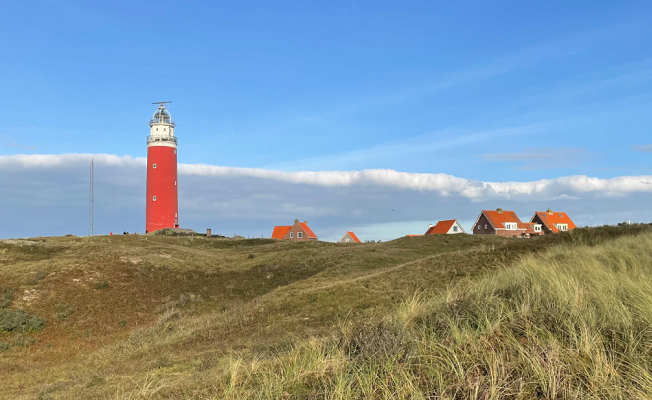LIVE FROM LPWA WORLD 2017, LONDON: Orange said backing both standardised and non-standardised low power wide area (LPWA) technologies was necessary to connect numerous verticals, while it talked up benefits of supporting LTE-M over NB-IoT.
After pledging support to non-cellular LPWA technology LoRA at the beginning of 2015, Mobile World Live revealed at the end of last year it would also back LTE-M, one of the three cellular technologies (along with NB-IoT and EC-GSM) standardised by industry body 3GPP.
Ronan Le Bras, mobile IoT project leader (pictured), said Orange was “keen on making IoT a success”, by providing an end-to-end solution supporting verticals “with different expectations”.
Le Bras said the demand for LPWA was wide ranging, with traction coming from the consumer electronics and wearables space, healthcare, transport and logistics, smart cities, retail, smart home and the automotive sector.
Orange’s first solution of choice, LoRA, was selected in particular to support its B2B customers, and had the advantages of being available before standardised offerings, and being capable of handling both private and public deployments, added Le Bras.
Most versatile solution
Unlike many European rivals – including Deutsche Telekom and Vodafone Group – which are backing NB-IoT as their standardised (and sole) LPWA technology, Orange followed in the footsteps of major US operators AT&T and Verizon in exploring LTE-M, alongside LoRA.
Le Bras said Orange considered “LTE-M to be most versatile of the three” to address LPWA IoT connectivity, stating the technology provided lower costs, enabled high data exchange rates and notable latency benefits.
He also said LTE-M had the capability to support devices like trackers and wearables, as well as voice services like VoLTE in later implementation.
The executive added Orange’s strategy lay in combining both LTE-M and LoRA, while the company is targeting LTE-M deployment initially on its 4G networks in Belgium and Spain later this year.
For its other markets, Le Bras cautioned the limits of 4G coverage in Europe could pose a problem for wider deployment.
“We don’t forget that most of the M2M traffic is on 2G at the moment so it’s important to take this into account, he added.











Comments